On our journey to set the ground for Agile maintenance we come next to one of the core principles of Agile; Harness Change for the customer advantage.
Is maintenance dynamic and accepts change in its core?
Well, if we consider predictive maintenance as one of the core maintenance tactics, then assets’ maintenance schedule is flexible. The time when we need to stop a machine for maintenance is based on its condition. The shop floor team might not realize this because any how they receive a set of tasks to execute. But those in the supervision and planning would notice that the is no fixed cycles anymore. The only fixed cycles are those of production, in case it has a fixed plan. This gives opportunities for maintenance execution without wasting precious production time. Also, maintenance tasks that are regulatory follow a fixed cycle regardless of its condition.

CUSTOMPRICE-TO2JAN26
Predictive Maintenance was always one of the highly-praised tactics because it saves precious assets, cost, spares and time. Originally a couple or triple of decades ago, the main road block to implement predictive maintenance was the sensors availability from technology and cost points of view. Later on, portable sensors were available in the market. Then the challenge shifted to where we can find talents to use the tools properly and to analyze the collected data. Moreover, collecting enough data was always a challenge. Either it is risky to approach the machine while in operation or the environment affects the readings.
Now a days if you come to any reputable site speaking about Industry 4 revolution, you would find predictive or on-condition maintenance as one of the core benefits of Industry4 revolution. You can find some references here:
- Rockwell Automation: What is Industry 4.0?
- Bosch Connected World: Industry 4.0 provides new possibilities for preventive maintenance
- AMFG Autonomous Manufacturing: Industry 4.0: 7 Real-World Examples of Digital Manufacturing in Action
Predictive Maintenance and Industry 4.0 share a symbiosis
Actually, Predictive Maintenance and Industry 4.0 share a mutually beneficial relationship. The evolution in sensors technology, M2M -machine to machine- and IoT – Internet of Things- communication protocols and technology were corner stones in this. Now manufacturers imbed a lot of sensors in their machines. They easily collect it to an imbedded PC board. From there, data is streamed online. Instantly AI -Artificial Intelligence- algorithms analyze the received data and make conclusions. Autonomously AI sends a notice to maintenance, planning and productions teams about any needed action.

CUSTOMPRICE-TO2JAN26
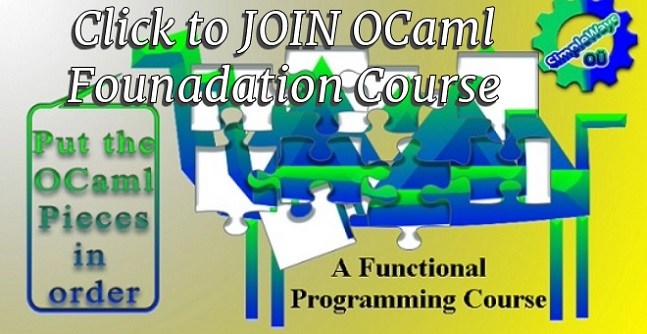
CUSTOMPRICE-TO2JAN26
Actually those needed actions are the algorithms interpretation of the data received. How the embedded PCs in the machines come to those conclusions? Through algorithms coded in them by subject matter experts. We shall demystify this under the next title. For now, the Industry 4.0 relies in massive data collection from field via sensors. Sensors are onboard the machines and around it. The improvement in sensors technology allowed for instantaneous data transfer. Sensors send their data in small fractions of a second for quick actions. The availability of massive online data opened the doors for predictive maintenance analysis to be instantaneous to maximize its benefits.
Now Industry 4.0 claims that it has improved production throughput by 10% by providing data for predictive maintenance to act better. On the other side, the importance of predictive maintenance and the flexibility it adds to production schedule is growing based on the data made available by Industry 4.0 and IoT. So, predictive maintenance had affirmed its position as one of the vital maintenance tools of the cloud computing era.
The evolution of Predictive maintenance tools made this change possible
This idea is easy to comprehend by most of maintenance practitioners. Originally, the vibration or ultrasound expert systems come with expert software That runs on the specialist PC. The raw data is manually uploaded to the software. Then you receive few guidelines for the values like the yellow and red flags for certain values of certain equipment. The remaining depends on the specialist experience. After the computing hardware improved, it was possible to embed this software in the tool itself.

CUSTOMPRICE-TO2JAN26
This way the tool guide the site team for the measurement setup and gives immediate results. Then it was possible to add tens of years of experience to the software. The tools manufacturing companies purchased the consultancy and field service companies and added their accumulated experience in their tools. Now the sensors and the software and its algorithms are part of the machines itself. All machines are connected to the network. Finally all team members receives conclusions and tasks on their portable devices via the cloud. By the way, the AI helps the machine takes the decision not only give recommendations or schedule tasks. Robots and auto driven cars are good examples for this. They are both capable of working in an environment crowded with humans and other intelligent gadgets as other robots and auto-driven cars.
Now, how embracing change makes Maintenance Agile?
The second principle of the Agile Manifesto says: “Welcome changing requirements, even late in development. Agile processes harness change for the customer’s competitive advantage”.
Traditionally maintenance seemed rigid. However, its too dynamic. How is that? Traditional maintenance follows a calendar based schedule or an operations-hours schedule. Where around this number of days or operation hours we stop the equipment for maintenance. Usually planners use this due or nearby tasks to collect a number of tasks sufficient for one maintenance day together. Normally it was preferred to do maintenance earlier than later. Then predictive maintenance changed this rigidity of schedules. In the areas where we apply predictive or on-condition maintenance, planners or maintainers doesn’t know for certain which items shall be in the next maintenance day schedule. They are always ready and welcoming new tasks enforced by equipment condition.
This means that maintenance embraces change in its core by allowing the maintenance items to be dynamically allocated based on the equipment condition.

CUSTOMPRICE-TO2JAN26
Moreover, Maintenance is dynamic because it embraces handling the sudden failures successfully. Best practices says that up to 20% reactive work is still best practices. This means that 20% of the work pops up suddenly i.e. our daily work changes to include attending this sudden failure and repairing it.
This fits perfectly the second principle of the Agile Manifesto. It says that embracing changes at any time maximizes the customer competitive advantage. How is this related to maintenance? Let’s reach a conclusion about that.
In Conclusion,
Both of embracing maintenance tasks based on the equipment condition based on a short period notice or immediately based on failure is for the best competitive advantage of the customer. Maintenance customers are ultimately the organization, the production and all organization teams. This emphasis the mutually beneficial relationship between maintenance and Industry 4.0 one of the current industry trends.
So now we can rephrase the Agile Manifesto from the maintenance point of view to be: “Maintenance welcomes changing tasks’ schedule, even late in time. Agile processes harness change for the maintenance customer’s competitive advantage”
You can follow this series of Maintenance being Agile in the below links:
If you feel you need help with any of these ideas we discussed, request a Management Consultancy or Coaching Services From our Store


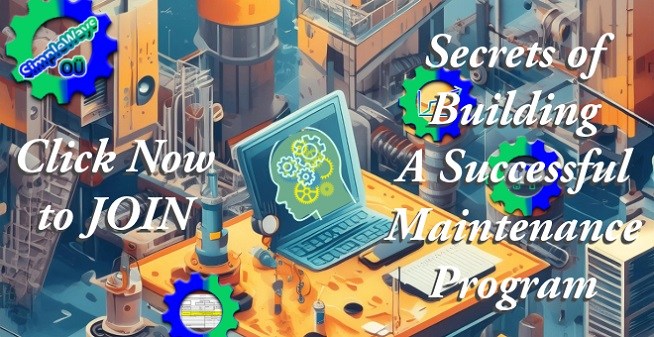


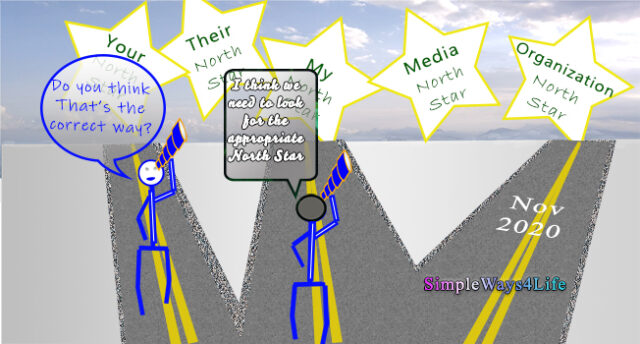

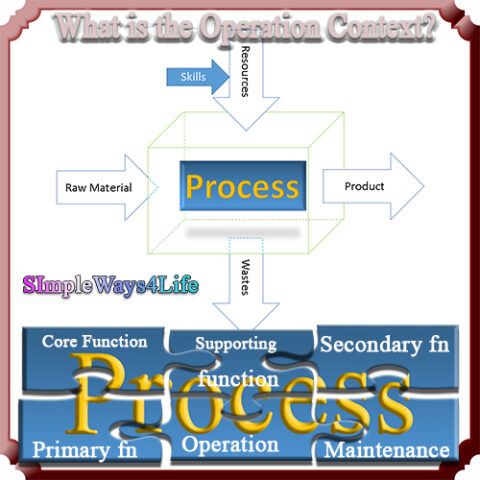
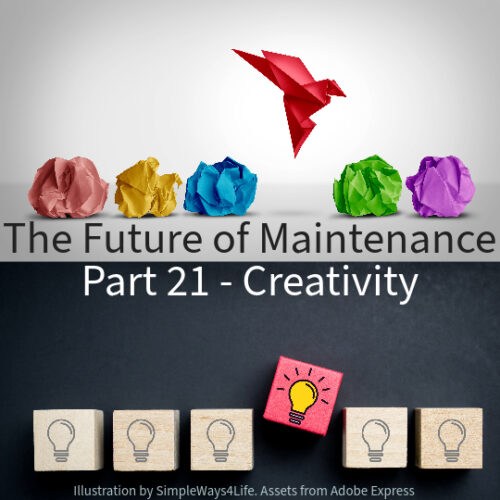
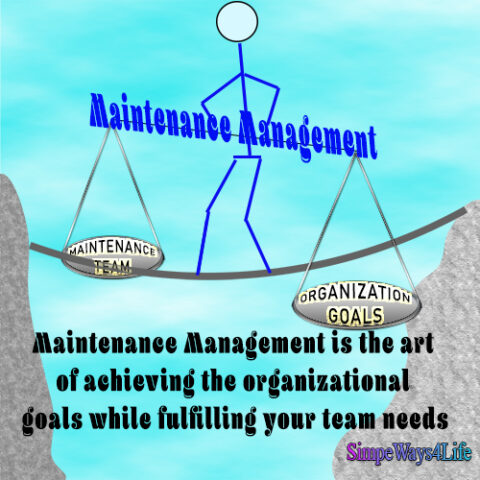

2 Comments